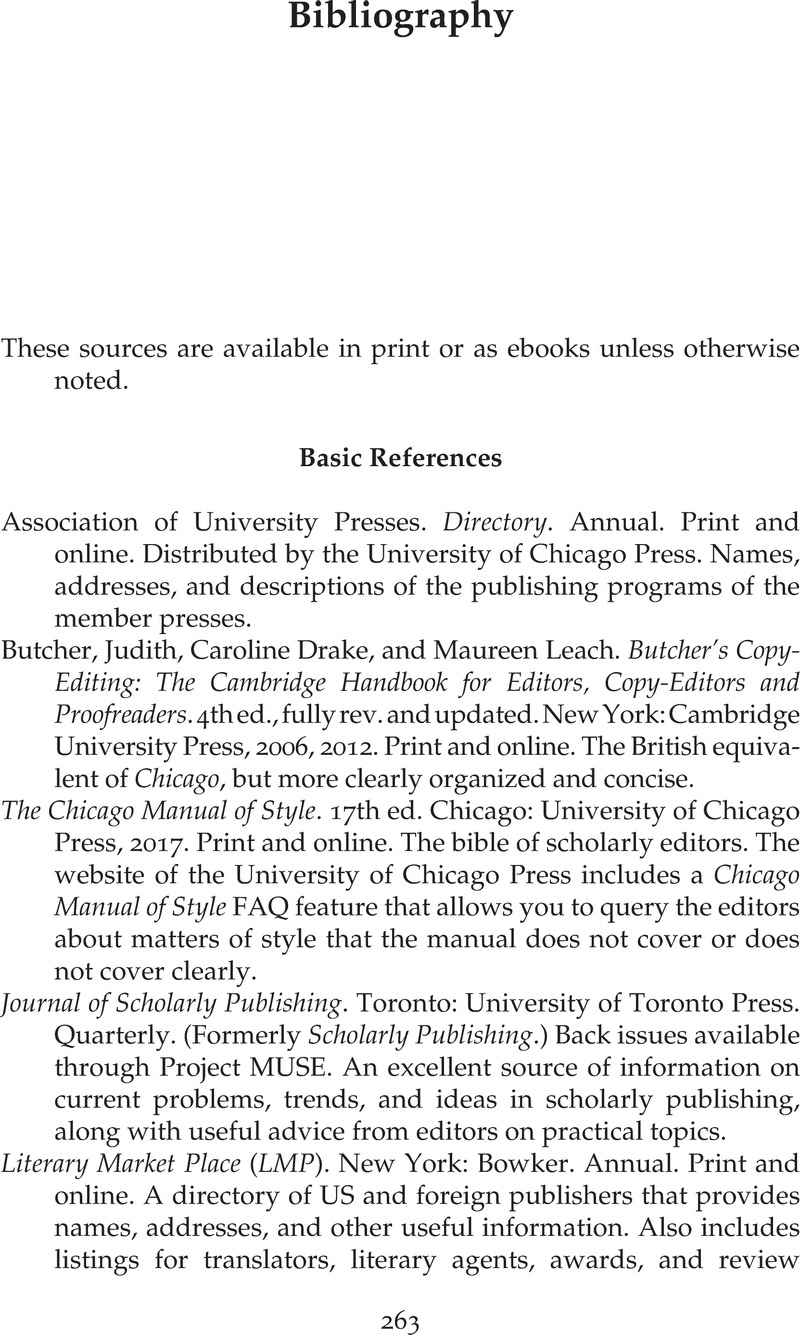Book contents
- Handbook for Academic Authors
- Handbook for Academic Authors
- Copyright page
- Dedication
- Contents
- Preface
- Chapter 1 Being an Author
- Chapter 2 Journal Articles
- Chapter 3 Revising a Dissertation
- Chapter 4 Finding a Publisher for a Scholarly Book
- Chapter 5 Working with Your Publisher
- Chapter 6 Multiauthor Books and Anthologies
- Chapter 7 Finding a Publisher for a College Textbook
- Chapter 8 Working with Your Textbook Publisher
- Chapter 9 Books for General Readers
- Chapter 10 The Mechanics of Authorship
- Chapter 11 Costs and Prices
- Chapter 12 Being a Digital Author
- Afterword
- Bibliography
- Index
- References
- Handbook for Academic Authors
- Handbook for Academic Authors
- Copyright page
- Dedication
- Contents
- Preface
- Chapter 1 Being an Author
- Chapter 2 Journal Articles
- Chapter 3 Revising a Dissertation
- Chapter 4 Finding a Publisher for a Scholarly Book
- Chapter 5 Working with Your Publisher
- Chapter 6 Multiauthor Books and Anthologies
- Chapter 7 Finding a Publisher for a College Textbook
- Chapter 8 Working with Your Textbook Publisher
- Chapter 9 Books for General Readers
- Chapter 10 The Mechanics of Authorship
- Chapter 11 Costs and Prices
- Chapter 12 Being a Digital Author
- Afterword
- Bibliography
- Index
- References
Summary

- Type
- Chapter
- Information
- Handbook for Academic AuthorsHow to Navigate the Publishing Process, pp. 263 - 274Publisher: Cambridge University PressPrint publication year: 2022



